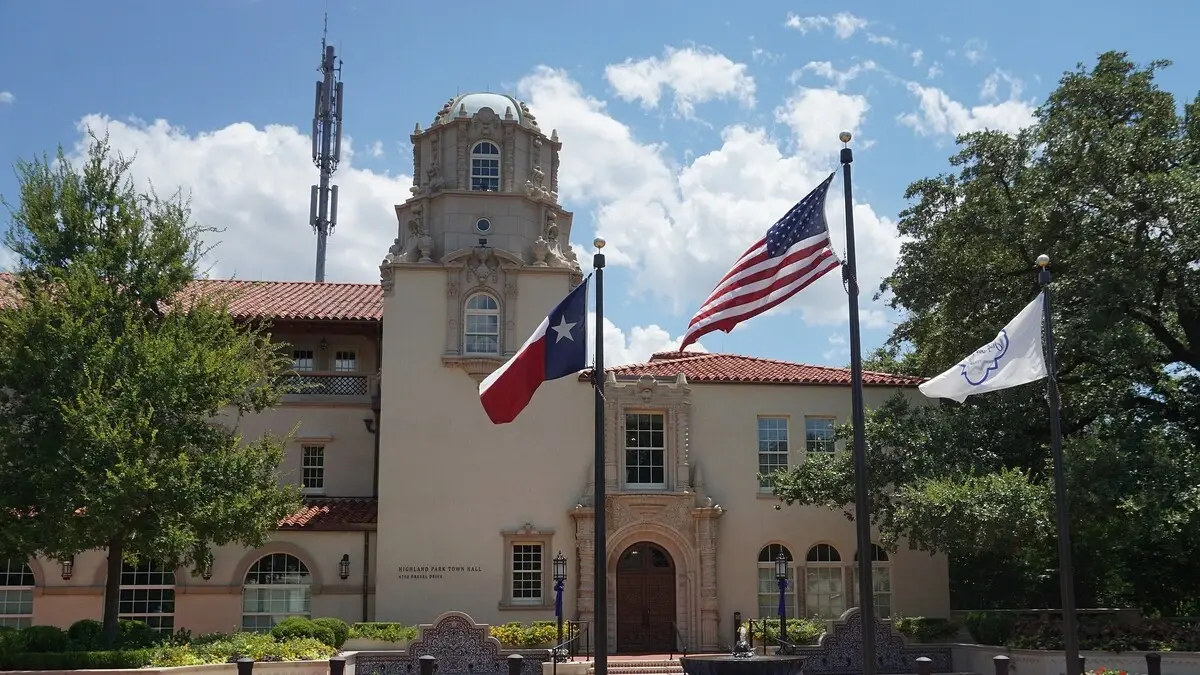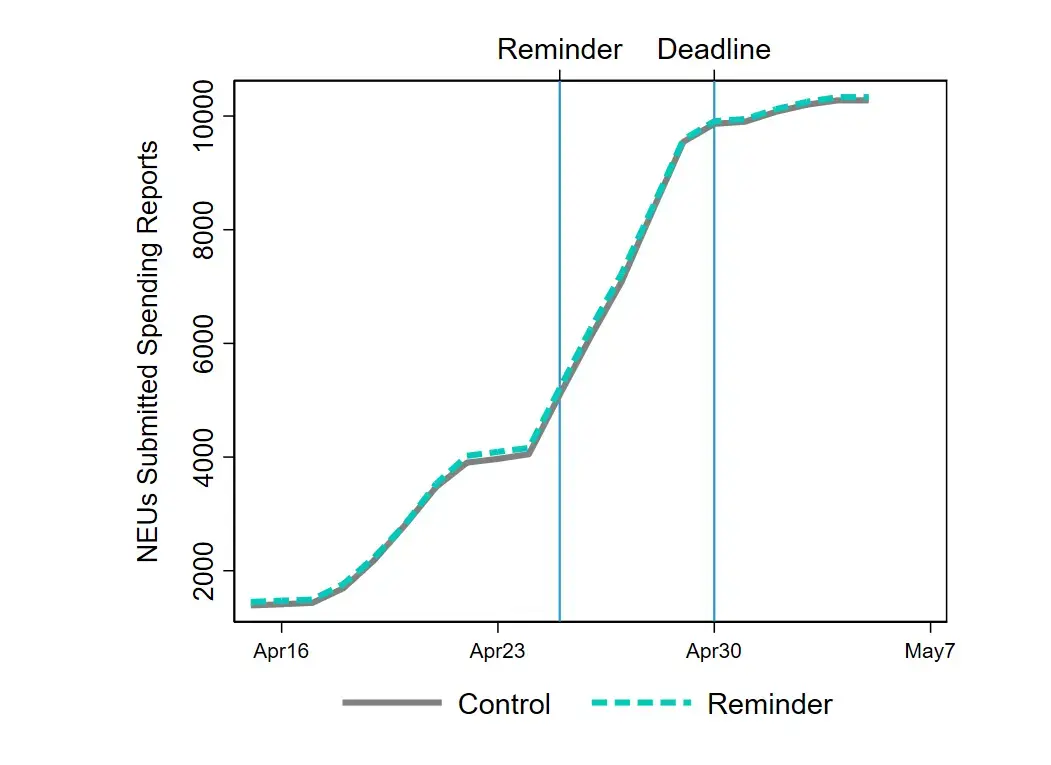Increasing timely reporting by local governments through reminders

Front of a building
What was the challenge?
As part of the American Rescue Plan (ARP), the U.S. Department of the Treasury (Treasury) is administering the State and Local Fiscal Recovery Funds program (SLFRF), which provides $350 billion in funding for eligible state, local, territorial, and Tribal governments to support their response to and recovery from the COVID-19 public health emergency. Approximately 27,000 small cities and towns – referred to as non-entitlement units (NEUs) of local government – were allocated $19.5 billion of this funding.¹ Treasury seeks to support NEUs to meet their reporting requirements in order to promote transparency, responsibility, and equity in the use of funds.²
NEUs must submit their Project & Expenditure reports (“spending reports”) on Treasury’s American Rescue Plan (ARP) Reporting and Compliance Portal. To ensure that NEUs submit spending reports on time, Treasury sent out multiple emails to NEUs to remind them of their reporting obligations. Sending reminders can make top of mind an action that busy individuals should take, but otherwise would forget. However, sending too many reminders may have the unintended effect of decreasing the saliency of the desired action by making the information redundant.
What did we do?
We collaborated with Treasury to vary the number of reminders that NEUs received in the week that spending reports were due.
What did we learn?
We found that receiving an additional reminder email did not have a statistically significant effect on NEUs’ report submission. Figure 1 shows the number of NEUs that submitted their spending reports on Treasury’s ARP Reporting and Compliance portal before and after the reminder email was sent.
Figure 1. Numbers of NEUs that submitted reports on Treasury’s ARP Reporting and Compliance Portal

One implication of this study is that agencies can focus efforts on increasing the clarity and quality of communications, rather than being concerned that the quantity is too low or too high. However, when interpreting the results it is important to consider the proximity of the deadline, which may have dampened the effect of the reminders. Future work can also investigate whether there were differing trends in submission rates between the group receiving the reminder treatment and the control group - either before or after the deadline - but that were not discernible the day after the deadline.
Notes:
- Non-entitlement units of local government (NEUs), defined in section 603(g)(5) of the Social Security Act, as added by section 9901 of the American Rescue Plan Act of 2021, are local governments typically serving populations of less than 50,000. NEUs include cities, villages, towns, townships, or other types of local governments.
- U.S. Department of the Treasury, Coronavirus State and Local Fiscal Recovery Funds.
Verify the upload date of our analysis plan on GitHub.
